Table of Contents
Fruits vocabulary refers to the words we use to describe different types of fruits. It includes the names of common fruits like apples, bananas, and oranges, as well as the different parts of a fruit such as seeds, skin, and pulp.
Learning fruits vocabulary is important because it helps you talk about food, understand recipes, and make conversations about healthy eating. By knowing the names and characteristics of various fruits, you can improve your English and become more confident in everyday situations.
Fruits Names in English
| Apple | Mango | Banana | Pineapple |
| Orange | Watermelon | Grapes | Guava |
| Strawberry | Peach | Kiwi | Plum |
| Pomegranate | Papaya | Coconut | Cherry |
| Blueberry | Pear | Apricot | Lychee |
| Raspberry | Lemon | Fig | Mulberry |
| Blackcurrant | Avocado | Dates | Custard Apple |
| Cranberry | Dragon Fruit | Persimmon | Starfruit |
| Passion Fruit | Tamarind | Nectarine | Black Plum (Jamun) |
| Gooseberry | Cantaloupe | Melon | Sapodilla (Chikoo) |
| Olive | Jujube | Quince | Rambutan |
| Tangerine | Jackfruit | Longan | Soursop |
| Mangosteen | Acerola | Elderberry | Camu Camu |
| Kumquat | Bael | Salak (Snake Fruit) | Rose Apple |
| Cloudberry | Boysenberry | Loquat | Prickly Pear |
| Ackee | Bilberry | Sea Buckthorn | Buddha’s Hand |
| Ugli Fruit | Nance | Horned Melon | Miracle Fruit |
| Jabuticaba | Huckleberry | Yunnan Hackberry | Bush Tomato |
| Breadfruit | Sapote | Indian Gooseberry | Kei Apple |
| Langsat | Santol | Medlar | Feijoa |
| Surinam Cherry | Wax Apple | Desert Lime | Kaffir Lime |
| Wood Apple | Akebi Fruit | Burdekin Plum | Davidson’s Plum |
| Cape Gooseberry | Pitanga | Jaboticaba | Chayote |
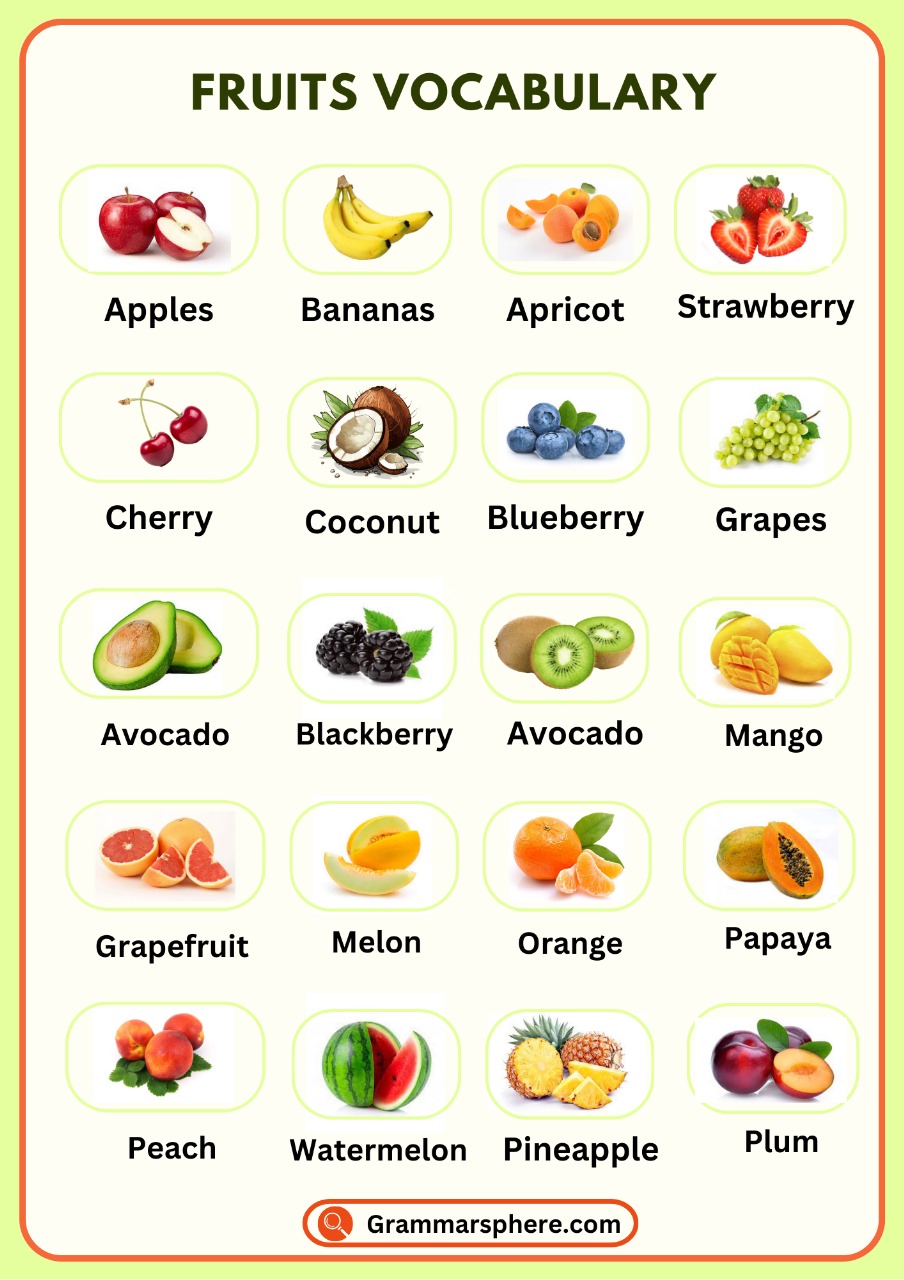
Types of Fruits
- Tropical Fruits
- Citrus Fruits
- Berries
- Stone Fruits
- Melons
- Apples and Pears
- Exotic Fruits
- Dry Fruits
- Wild Fruits
Tropical Fruits
Mango, Papaya, Banana, Pineapple, Coconut, Guava, Jackfruit, Sapodilla, Passion Fruit, Rambutan, Dragon Fruit, Longan, Lychee, Starfruit, Soursop, Breadfruit, Mangosteen, Langsat, Santol.
Citrus Fruits
Orange, Lemon, Lime, Tangerine, Grapefruit, Kaffir Lime, Ugli Fruit, Kumquat, Pomelo.
Berries
Strawberry, Blueberry, Raspberry, Blackberry, Cranberry, Bilberry, Gooseberry, Cloudberry, Elderberry, Huckleberry, Blackcurrant, Boysenberry, Mulberry, Sea Buckthorn.
Stone Fruits
Peach, Plum, Cherry, Apricot, Nectarine, Black Plum, Jujube, Dates.
Melons
Watermelon, Cantaloupe, Honeydew, Winter Melon, Horned Melon.
Apples and Pears
Apple, Pear, Quince, Kei Apple, Rose Apple, Wood Apple.
Exotic Fruits
Dragon Fruit, Persimmon, Miracle Fruit, Buddha’s Hand, Ackee, Salak (Snake Fruit), Jabuticaba, Prickly Pear, Akebi Fruit, Camu Camu, Feijoa.
Dry Fruits
Almonds, Cashews, Walnuts, Pistachios, Raisins, Dates, Dried Figs, Apricots, Hazelnuts.
Wild Fruits
Wild Plum, Desert Lime, Davidson’s Plum, Bush Tomato, Yunnan Hackberry, Surinam Cherry, Burdekin Plum.
Fruits Vocabulary with Description
Apple
Apples are one of the most popular fruits. They are round and can be red, green, or yellow. Apples are sweet and crunchy. They are healthy and full of vitamins.
Mango
Mango is called the “King of Fruits.” It is a sweet, juicy, and tropical fruit. Mangoes are mostly yellow or orange when ripe. People love to eat mangoes in summer.
Banana
Bananas are long, soft, and yellow when ripe. They are sweet and easy to eat. Bananas give quick energy and are good for the stomach.
Orange
Oranges are round, juicy, and orange in color. They taste sweet and a little sour. Oranges are full of Vitamin C, which keeps you healthy.
Watermelon
Watermelon is a large fruit with green skin and red, juicy flesh inside. It is very sweet and refreshing, especially in hot weather.
Grapes
Grapes are small, round, and can be green, red, or purple. They are sweet and juicy. Grapes can be eaten fresh or dried as raisins.
Pineapple
Pineapple is a tropical fruit with rough, spiky skin. Inside, it is yellow and juicy with a sweet and tangy taste. It is very refreshing.
Strawberry
Strawberries are small, red, and heart-shaped fruits. They are sweet and juicy with tiny seeds on their surface. They are loved by everyone.
Peach
Peaches are soft fruits with fuzzy skin. They are sweet, juicy, and mostly pinkish-orange. Peaches are very refreshing in summer.
Pomegranate
Pomegranates are round fruits with red skin. Inside, they have small, juicy red seeds. The seeds are sweet and full of health benefits.
Kiwi
Kiwi is a small fruit with brown skin and green flesh inside. It tastes sweet and a little tangy. Kiwi is full of vitamins and nutrients.
Coconut
Coconuts have a hard, brown shell with white flesh and water inside. The flesh is used for eating, and the water is refreshing to drink.
Papaya
Papaya is a tropical fruit with orange flesh and black seeds inside. It is soft, sweet, and good for the stomach.
Cherry
Cherries are small, round, and mostly red. They are sweet and juicy. Cherries are often used in desserts and cakes.
Lemon
Lemons are small, yellow, and sour fruits. They are full of Vitamin C and are often used to make juice or in cooking.
Dates
Dates are soft, sweet, and brown fruits. They are often dried and eaten as snacks. Dates are very nutritious and give quick energy.
Blueberry
Blueberries are small, round, and blue in color. They are sweet and juicy. Blueberries are often used in desserts and are very healthy.
Pear
Pears are soft and sweet fruits. They are green or yellow in color and have a round shape at the bottom. Pears are juicy and refreshing.
Melon
Melons are large fruits with a soft, sweet, and juicy flesh inside. They can be yellow, green, or orange. Melons are very refreshing in hot weather.
Raspberry
Raspberries are small, red, and soft fruits. They are sweet with a slightly tangy flavor. Raspberries are often used in jams, desserts, and drinks.
Importance of Fruits
Knowing fruit names is important because it helps us in everyday life. When we know the names, we can:
- Communicate Better:
It becomes easy to talk about fruits when shopping, cooking, or eating.
- Make Healthy Choices:
Fruits are important for our health. Knowing their names helps us choose the right ones.
- Improve Vocabulary:
Learning fruit names increases our English vocabulary and improves speaking skills.
- Travel or Study:
If you go to another country or study English, knowing fruit names helps you understand and use them in sentences.
Benefits of Fruits
Apple:
Apples are crunchy and sweet. They help keep your heart healthy, improve digestion, and give you energy.
Banana:
Bananas are soft and sweet. They provide energy, support muscle health, and are a good source of potassium.
Orange:
Oranges are juicy and tangy. They are rich in vitamin C, which boosts your immune system and keeps your skin healthy.
Grapes:
Grapes are small and sweet. They contain antioxidants that protect your body and support heart health.
Strawberry:
Strawberries are sweet and juicy. They are full of vitamins that boost your immune system and keep your skin healthy.
Mango:
Mangoes are juicy and sweet. They are rich in vitamin A, which helps your eyes and skin, and they boost your immune system.
Pineapple:
Pineapples are tangy and juicy. They help with digestion and reduce inflammation in your body.
Watermelon:
Watermelons are refreshing and hydrating. They support your skin and immune system with vitamins A and C.
Blueberry:
Blueberries are small and sweet. They are full of antioxidants that protect your body and improve brain health.
Pear:
Pears are sweet and soft. They are high in fiber, which supports digestion and reduces the risk of heart disease.
FAQS about Fruits in English
What are the 20 most common fruit names in English?
The 20 most common fruit names in English are: Apple, Mango, Banana, Orange, Grapes, Pineapple, Strawberry, Watermelon, Peach, Pear, Plum, Kiwi, Pomegranate, Papaya, Cherry, Lemon, Coconut, Guava, Apricot, and Blueberry.
How can you describe fruit?
Describing fruit involves mentioning its:
Appearance: Color, shape, and size (e.g., The apple is red and round).
Taste: Sweet, sour, or tangy (e.g., The mango is sweet).
Texture: Smooth, crunchy, or juicy (e.g., “The pear is soft and juicy).
Smell: Aroma (e.g., The pineapple has a sweet smell).
Flavor: Flavor profile like sweet or sour (e.g., The lemon has a tangy flavor).
Ripeness: Ripe or unripe (e.g., The banana is ripe and soft).
What is the 2 most popular fruit?
The two most popular fruits in the world are bananas and apples. They are widely consumed and loved by people around the globe.
Why are bananas and apples the most popular fruits?
Bananas are easy to eat and rich in nutrients, while apples come in many varieties and are versatile in cooking and eating, making both fruits favorites worldwide.
You May Also Like

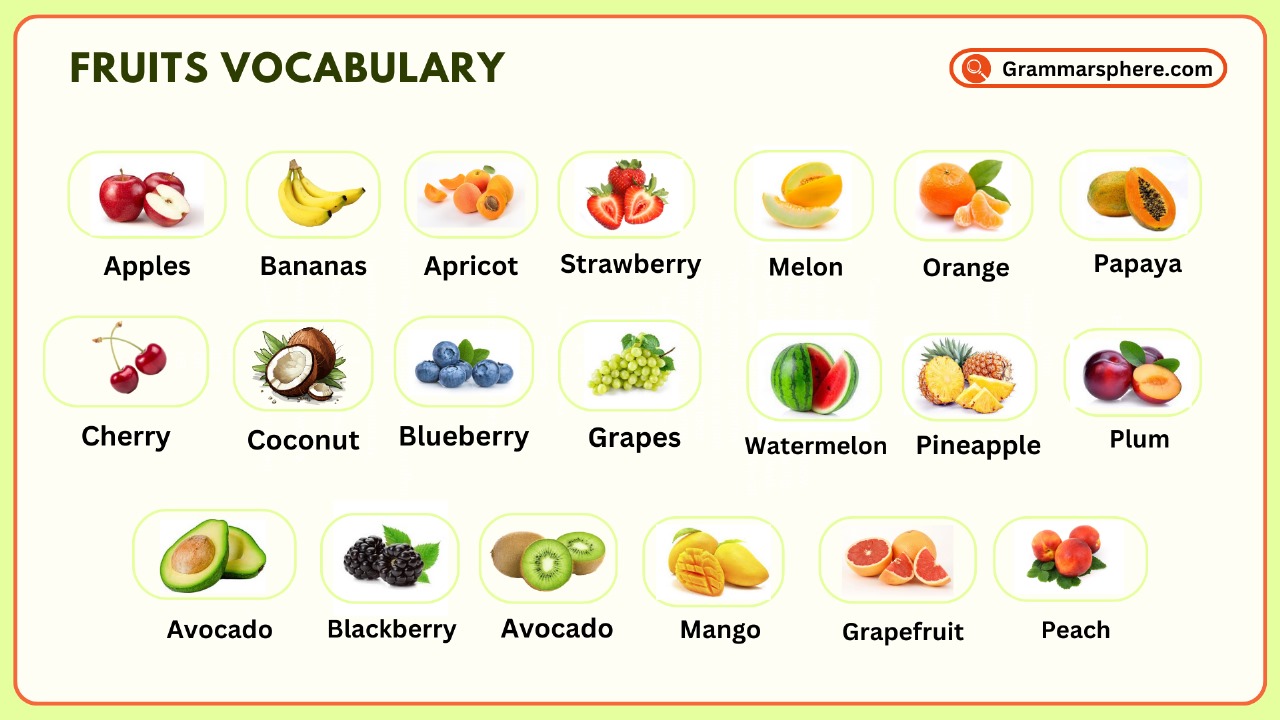
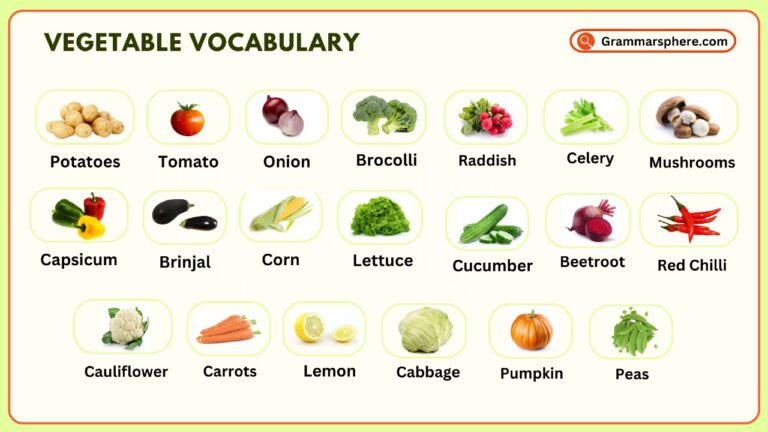
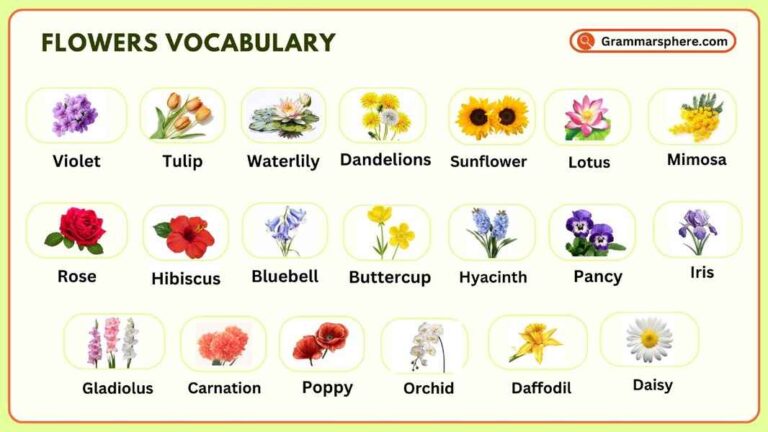
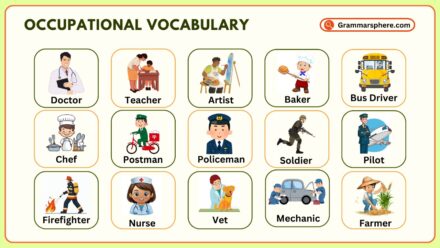

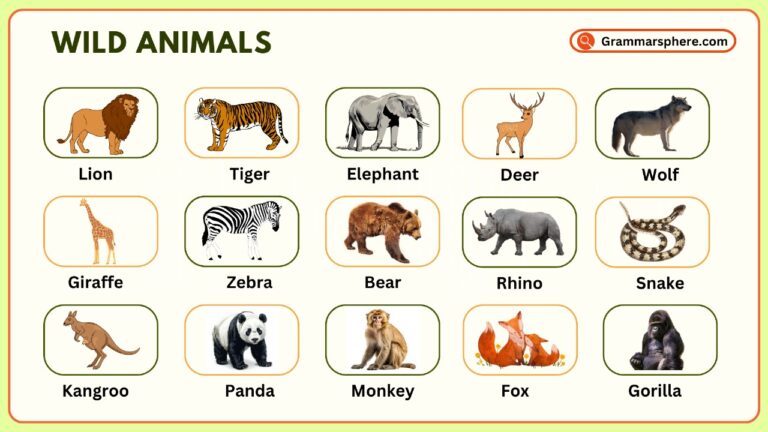

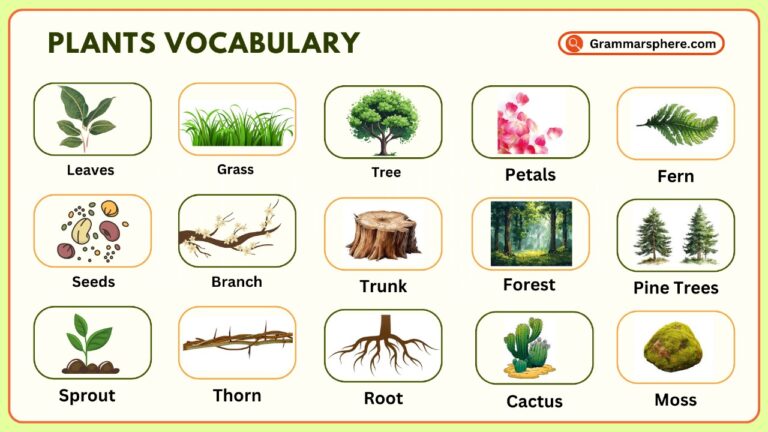
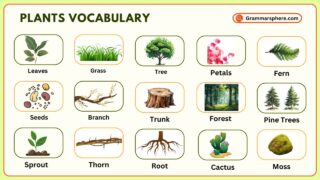
Leave a Comment